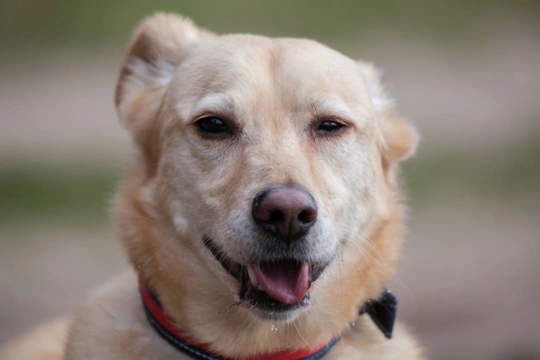
Snow nose in dogs - Loss of colour pigment
Snow nose is the term used to refer to a sometimes temporary loss of pigment on your dog’s nose, which may come and go as the seasons change. Nobody knows exactly why this happens – or why it happens to some dogs but not others – but the condition isn’t painful or harmful to your dog in and of itself.
However, if your dog’s nose is losing pigment or seems to be undergoing other changes, it is important to pay attention to this and get your dog checked out by your vet, in case something more serious is going on. Additionally, a dog who has lost pigment on their nose may well be more vulnerable to secondary problems as a result of this, which is something to bear in mind.
If your dog’s nose is losing pigment or changing colour and you’re not sure what is going on, or if you know that your dog is displaying snow nose, this article will provide some advice and information on the condition, what it means, and how it affects dogs. Read on to learn more.
What is snow nose in dogs?
Snow nose is a phenomenon that can affect dogs whose noses are naturally dark and pigmented, like dogs with black and brown noses. Some dogs naturally have pink or pale noses, and it is only when a dog who has a darker nose begins to display lightening of the nose, which can occur either across the whole nose or just in patches, that we call it snow nose.
This can lead to a mottled appearance on the nose, or patches of light and dark colouration together. In some cases, this can cause a dog whose whole body and nose are black or dark to develop a light or pink nose, which can look rather unusual.
Why do dogs develop snow nose?
Nobody really knows why some dogs develop snow nose, and the condition is named as it is both because the nose itself turns lighter, and also, because the onset of the condition often correlates with the colder months of the year, meaning that most dog owners see it for the first time in the winter.
This may be due to a lack of natural light in the winter, although even this isn’t definite. Some dogs will start getting a lighter or patchy nose in the winter, and when summer rolls around again, will revert to their original darker nose colour – but for some dogs, the change will be permanent and year-round.
Identifying snow nose and pigment changes
If your dog’s nose has always been pink or light, this is normal and natural – but if your dog’s nose was previously darker, or you are starting to see marked changes like the development of a lighter patch or stripe on the nose, this may be indicative of snow nose.
Changes of this type should always be checked out by your vet, because while snow nose itself is a harmless anomaly that does nothing but cause cosmetic changes, it is not the only thing that can lead to changes in the skin and loss of pigment.
Your vet may wish to consider and rule out thyroid problems and certain types of cancer before making a definitive diagnosis of snow nose in your dog. Additionally, there is some correlation between feeding dogs from plastic bowls as opposed to metal or ceramic bowls and certain types of problems, because some plastic bowls leech low-levels of toxins into your dog’s food over time, which can have an impact on their health and lead to various anomalies.
What sort of dogs are at risk of snow nose?
Snow nose can potentially affect any breed or type of dog, and we don’t really know why it occurs, or why certain dogs are affected whilst others that lead the same lifestyle and may even be closely related to an affected dog are not.
Generally, it is light coloured and white dogs that are most likely to develop snow nose, so if your dog has a white coat and a dark nose like the West Highland White Terrier, this is something to look out for. However, there does not appear to be any obvious breed-specific tendency to the condition, and no evidence has been found that the condition is hereditary, although neither has this been ruled out!
Can snow nose be treated?
Snow nose cannot be treated or corrected to return your dog’s nose to its normal colour, although as mentioned, some dogs will tend to lose pigment on their nose and then regain it later on in the year, so it is not always permanent – but may fluctuate and come and go over the course of the dog’s life.
The condition is not painful or otherwise problematic to dogs and only causes a cosmetic change in their appearance, and because it is not a major issue and does not indicate any more serious problems, not a lot of research has been conducted into the condition.
However, one thing to bear in mind is that a very pale nose colour can make your dog more prone to sunburn, and so you may need to take extra care in the summer months to protect your dog’s nose from sunburn if their pigment doesn’t return on its own as the weather heats up.



